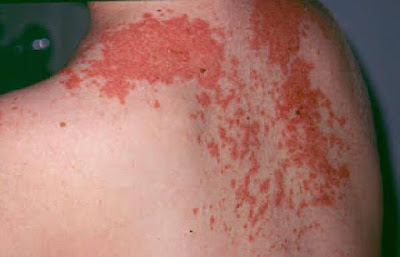Catching dengue fever is a constant fear in Australia. Like malaria it is spread by mosquitoes. Its full name Dengue Haemorrhagic Fever. You can become very sick indeed if you develop the hemorrhagic form, though it seldom causes death.
Drugs made for sepsis infection are being used to treat dengue in mice. They has yet to be used on humans. Hopefully new methods for early detection and treatment with drugs will stop progression to the severe dengue.
A new finding could move treatment along a bit. The dengue virus NS1 protein causes immune cells to "leak" blood vessels. TLR4 is the pathway that triggers the response. Some existing drugs do block this pathway. Ironically, many of them did not stop sepsis. They were failures!
Other diseases also use the NS1 method of infection. Work has to be done to explore the battery of drugs already available to hopefully find successful treatments for these related illnesses.
◆ Chemistry by Ty Buchanan ◆
●







